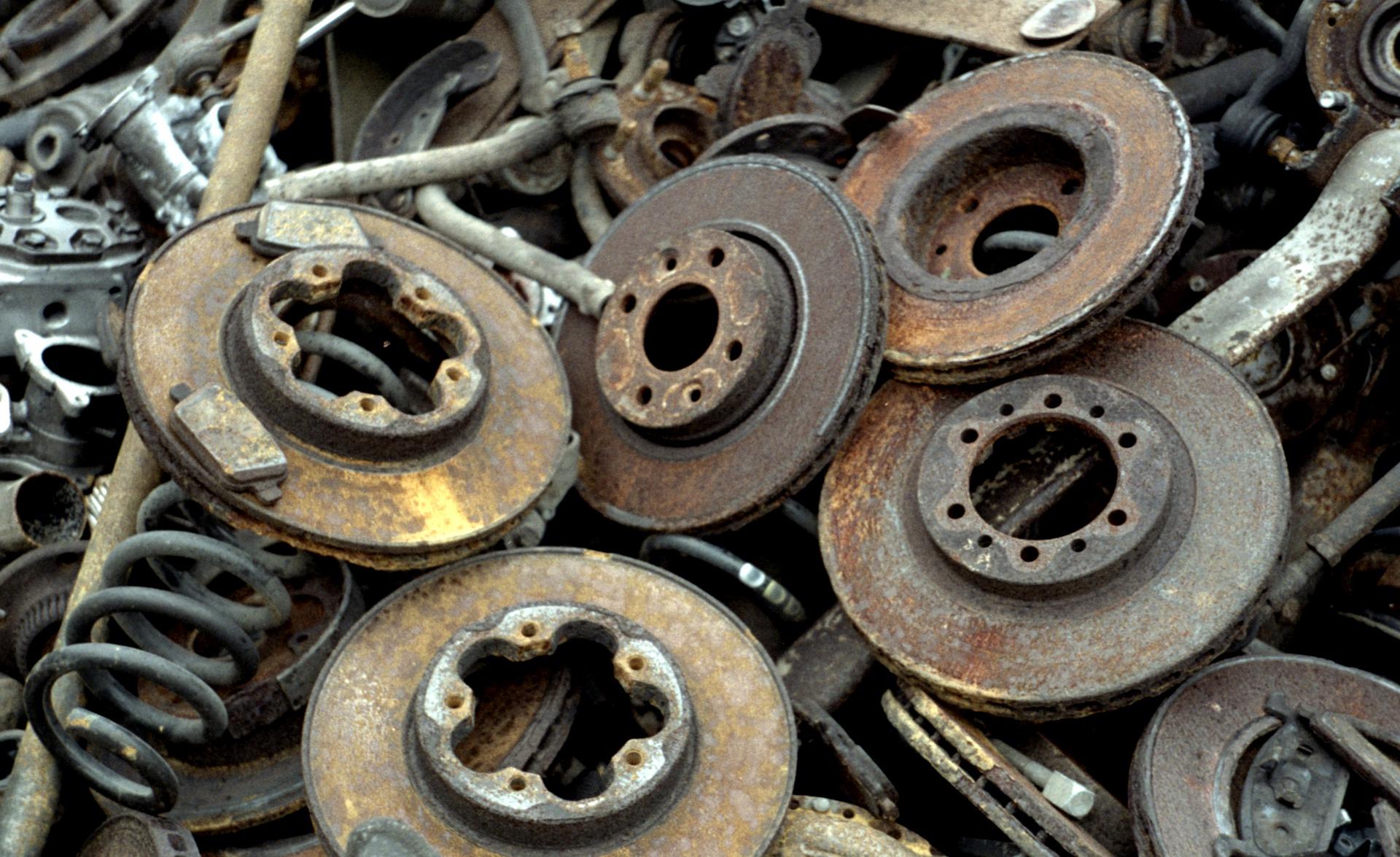A Guide to Identifying Scrap Metals with Terra900 Handheld Analyzer
Those who are new to scrap metal recycling often have a difficult time figuring out what the different scrap metals are. It’s helpful to be able to identify different types of scrap metal so that you can properly sort it and get the most money possible when you sell it to a scrap yard. While you do have the option of bringing all your scrap metal to the scrap yard in one heap, you can sometimes get more money if different types of metals are weighed separately. Here is a guide you can use to identify different scrap metals so that you will be prepared to start scrap recycling.
1. Identifying Scrap Metals with Magnets
One of the easiest places to start when you need to identify and sort scrap metals is seeing how it responds to a regular magnet. If the metal is attracted to the magnet, then it is considered ferrous, which means it contains iron. If the metal is not affected by the magnet, then it does not contain iron and is non-ferrous. This test is a great way to separate out iron and other ferrous scrap metal from non-magnetic metals such as aluminum and brass.
2. Distinctive Colors
There are a lot of metals that have distinctive colors that can help you figure out the metal’s identity just by looking at it. Copper-colored scrap metal will typically be either copper or red brass. If the metal has been casted or molded, then it is likely red brass because copper is difficult to cast. If you have copper scrap metal, you can get a lot of money for it at a scrap yard. Gold-colored metals are usually a type of brass. The metal gold is similar in color to brass but has a darker and less yellow hue. Gold is also rarer, so it is likely that your gold-colored scrap metal is actually brass.
However, it is also important to keep in mind that some metals may be rusted or painted, so trying to identify scrap metal based solely on color can be misleading. You can try using a chisel to scrape the rust or paint off to give you a better look at the metal underneath.
3. Weight
When two metals look very similar, their weight can help you figure out what types of metals they each are. For example, aluminum is a very lightweight metal and is easily bent. Meanwhile, lead and iron are quite heavy for their size. Feeling the weight of a piece of scrap metal or using a scale to weigh it can help you determine what type of scrap metal you have before heading to a scrap yard.
4. Oxidation
The presence or lack of oxidation can tell you a lot about a scrap metal’s chemical makeup. Iron scrap metal will often have a distinctive red rust. Oxidation on bronze and copper has a greenish coloring. Chromium and stainless steel will not have any oxidation on them. Oxidation can be a great indicator of the type of scrap metal you are dealing with. However, you must also keep in mind the age and condition of the metal. If it is newer or has been kept in good condition, then the scrap metal likely will not have any oxidation on it to give you a hint of its identity.
5. Hardness
Testing a metal’s hardness is a common method of identification. Some metals are very soft while others are much harder. For example, pure copper is soft and will easily flake when you file it with a mill file. Steel, on the other hand, is hard and much more resistant to flaking. Another way to test the hardness of a metal is with a hammer and cold chisel. The characteristics of the flakes that come off the metal will help you figure out the type of scrap metal it is. For example, brittle flakes that break apart easily might mean it is cast iron. Continuous flakes that do not break apart easily may be steel, aluminum, or malleable iron.
6. What Was It Used For?
Certain metals are more useful in different applications than others, so you may be able to determine the type of scrap metal by looking at what it was being used for. For example, because copper conducts electricity so well, it is frequently used in modern electrical wiring. Iron is very heavy and rusts easily, so you probably will not find it being used as an exterior building material. Because it is so soft and easily bent, tin will never be found in plumbing pipes. If you are torn between thinking your scrap metal could be one of two types of metal, consider what it was used for, and that can help you narrow down the possibilities.
7. Professional Metal Testing
There may be instances when you just can not figure out what type of scrap metal you have, despite the above tips and tests. There are some professional metal tests that can be performed to separate and identify your scrap metal, such as a spark test or chemical test with a handheld libs analyzer or Handheld XRF analyzer like AXR Terra900, which delivers fast oniste element concentrations and very economic for scrap yard and metal traders.
